Qianmen Street, aka Qian Men Da Jie 前门大街 in Chinese, is an 845-meter long street running south from Zhengyangmen Tower on the southern edge of Tiananmen Square, along the Beijing central axis. It is one of the last remnants of the commercial centres of the old Beijing.
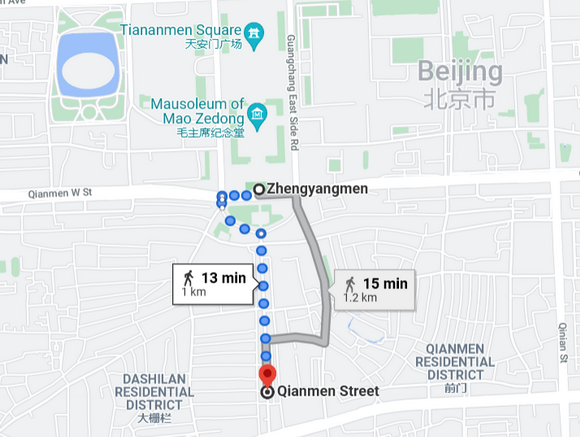
Now it has been transformed into a modern commercial pedestrian street, the most second visited traffic-free street after Wangfujing Street in Beijing.
Qianmen Street was initially formed in Ming and Qing Dynasties (1368-1911). By the time of Emperor Jiajing, the 12th Ming Dynasty (1368-1644) emperor, the street was dotted with guild halls built by different localities, providing houses to citizens from other parts of China intending to take the imperial exams.
Qianmen Street became even more prosperous in the early years of the Qing Dynasty (1644-1911) with the development of activities such as lantern fairs, theatres and tea houses.
Places like the Guanghe Theater – today threatened with demolition — and the Quanjude Roast Duck Restaurant are part of Beijing’s history.
The original Qianmen Street in Ming and Qing Dynasties was burnt down to ashes in 1900 when the Allied Forces of the Eight Powers ransacked Beijing. Physically, there is nothing left for us to retrieve.
The present Qianmen Street has been rebuilt on the historical photos and the mould of the 1920s to 1930s. The 1.45-square kilometer area has been built into four zones for culture, food, shopping and entertainment. Trolley cars are back to transport and entertain tourists.
The area is home to 50 courtyards and hutongs listed as state-level heritage sites, as well as 80 famed shops that have been operating for over a century, such as the Liubiju sauce and pickle shop, Tongrentang drugstore, Ruifuxiang silk shop, Neiliansheng shoes store and Zhangyiyuan tea shop.
Follow me to explore Qianmen Street.
You may visit Qianmen Street from its northern paifang gateway, south of Tiananmen Square.
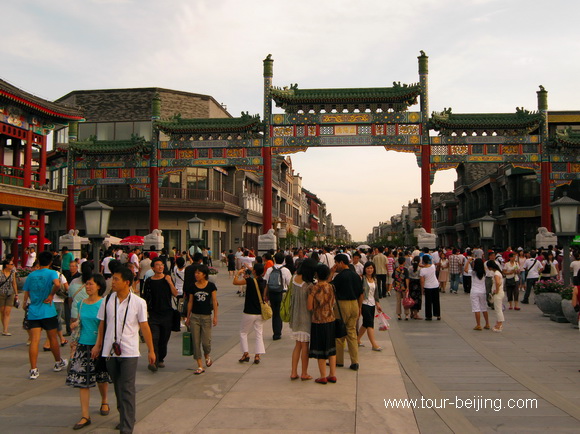
Here you can find the West meets the East. The Starbucks is located by the side of the norther paifang gateway of Qianmen Street, south of Zhengyangmen Tower.
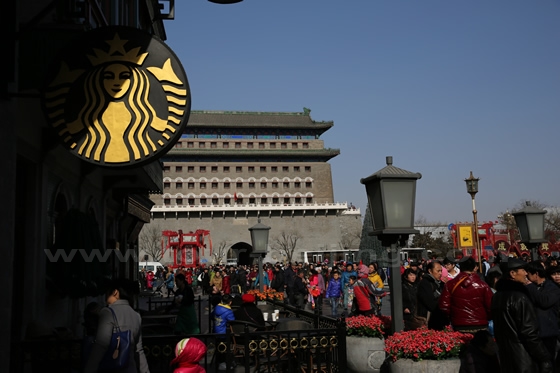
Or, you may enter Qianmen Street from its southern entrance. The distance between the north entrance and south entrance is 845m in length.
The Dangdang Che ( Tram) is basically in service during Chinese public holidays running from north to south.
Walking along the street.
The father and daughter are ambling down the street.
KFC is mixed with the traditional Beijing elements.
The 845m long Qianmen Street is a nice place for a walk.
Here you can find the West meets the East. The Starbucks is located at the north entrance.
The time-honored Yueshengzhai Restaurant.
The famous Qianmen Quanjude Duck Restaurant.
People are lining up for having a bite of Duyichu shaomai.
China Bookstore
Changcuntang, a famous traditional Chinese Pharmacy
Qianmen Street is also an interesting area where the East and the West stay peacefully and harmoniously.
MCdonald’s on the street
Walking about 80 meters from the north entrance to Qianmen Street, on your right hand, you will see the entrance to the famous Dashilan, once the commercial center of Beijing.
The Dashilan area has gathered some of China’s oldest brands, such as Tongrentang (TCM), Neiliansheng (shoes), and Ruifuxiang (silk and fabrics).
The two time-honored shops selling hats and shoes inside Dashilan Area.
Its north entrance is just behind Zhengyang Gate ( Arrow Tower ).
Add-on
Night View of Qianmen Street in Beijing
The Central Axis of Beijing
Qianmen Area Beijing
Tip: Hassle-free Beijing Guided Tours
If you don’t want to go the do-it-yourself route and prefer the hassle-free escorted tours, here are some options for Beijing guided tours:
Car Rental in Beijing
Beijing Day Tour
Beijing Tour Packages
Beijing Winter Tour
Great Wall Tour
Beijing Tours
China City Tours
China Tour
Further Readings
Best Time to Visit Beijing
How to plan a trip to Beijing
Top 10 Attractions in Beijing
How to Visit Forbidden City
How to Visit Temple of Heaven
How to Visit Summer Palace
How to Visit Ming Tombs
How to Visit the Great Wall of China
How to Visit Tiananmen Square
How to Visit Hutongs
How to Visit Olympic Sites
Top 10 Markets in Beijing
Top 10 Shopping Malls in Beijing
Beijing Shopping
Wangfujing Night Snack Street
Qianmen Commercial Street
Beijing Huguosi Street
Chinese version of the travel guide:
Any questions, just drop a line.







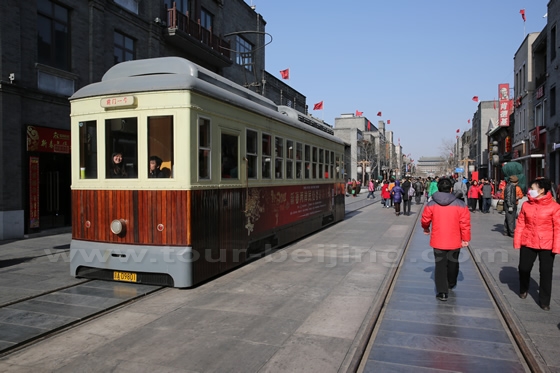
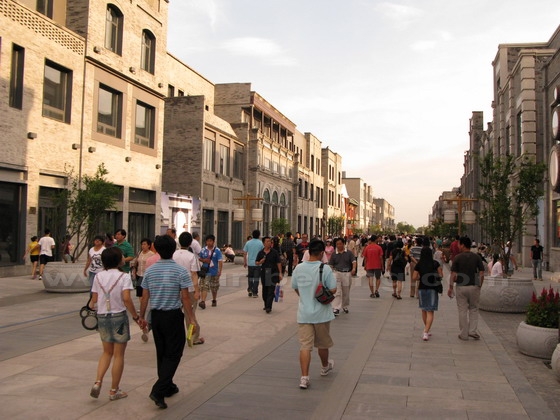
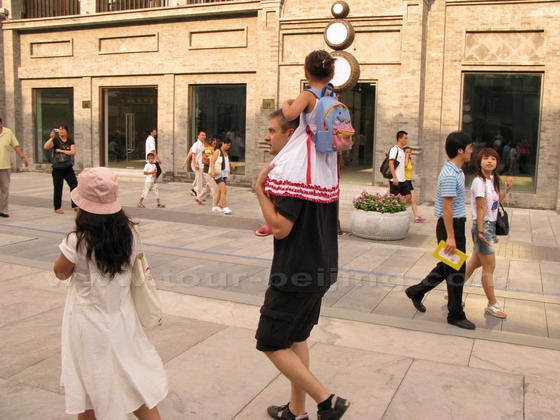
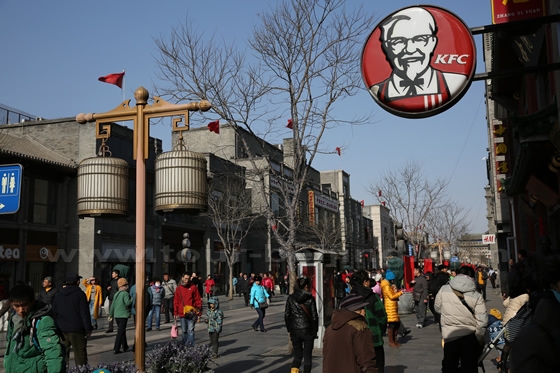
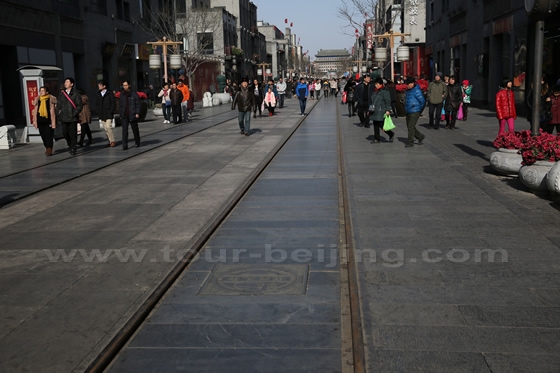


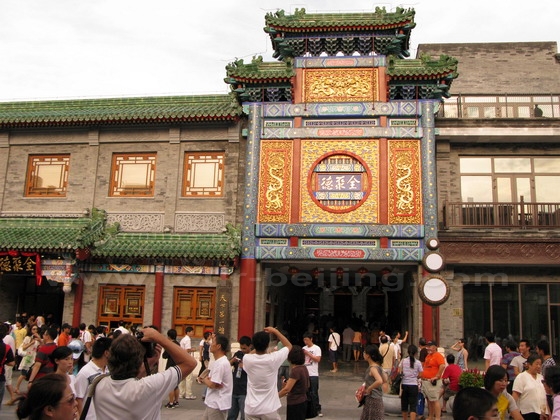
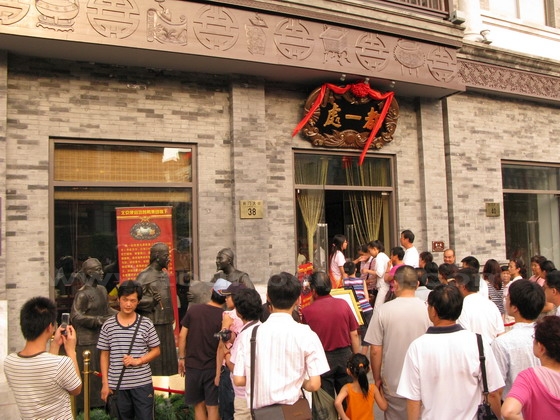
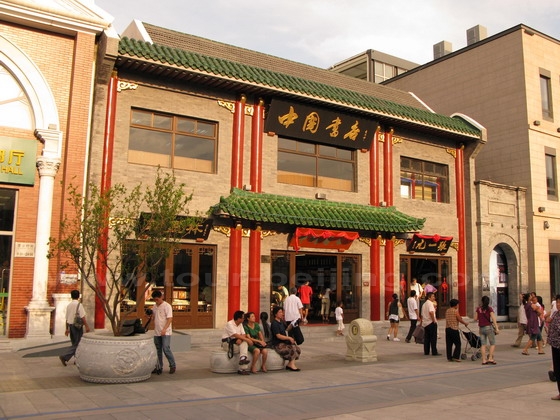
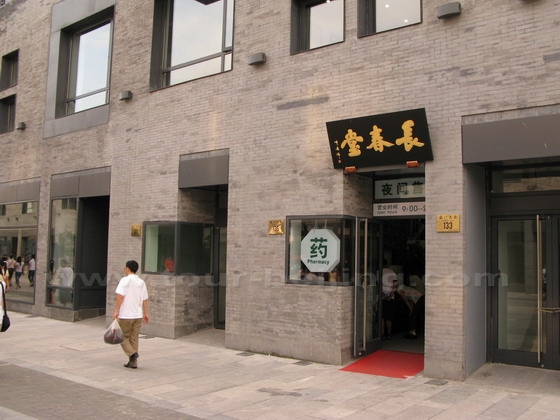
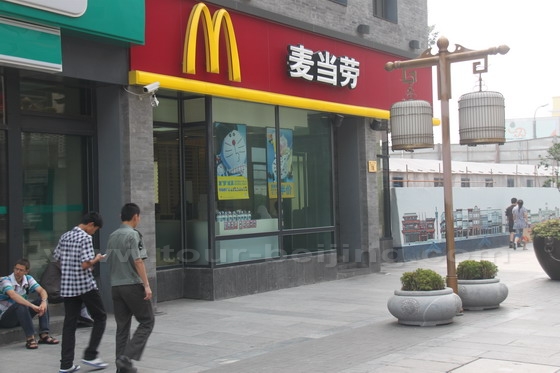
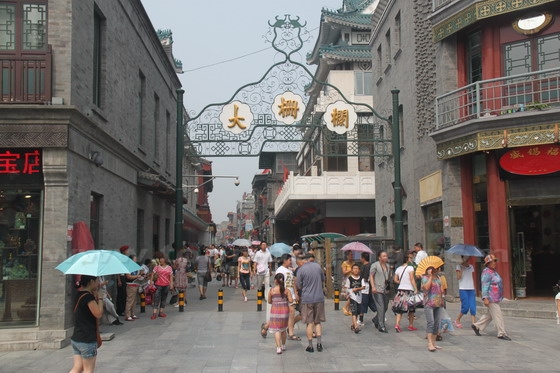
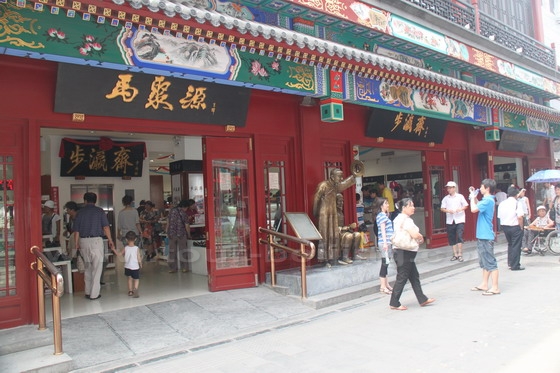
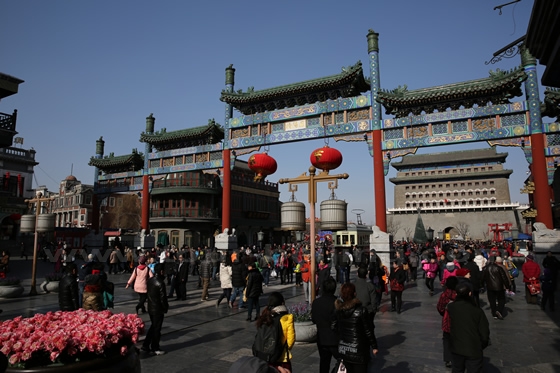
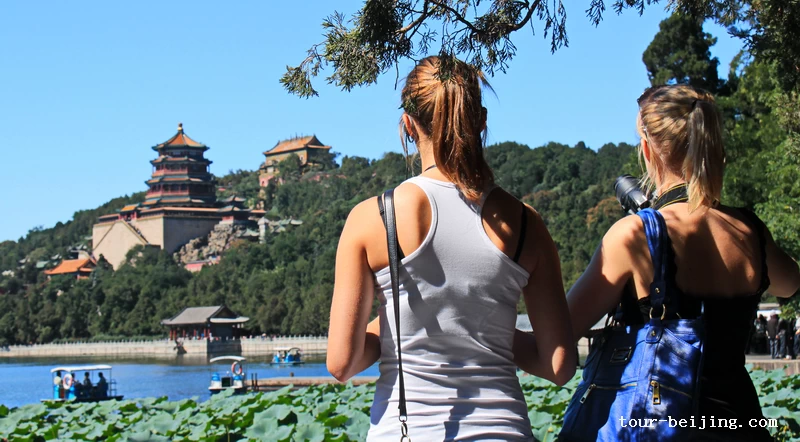
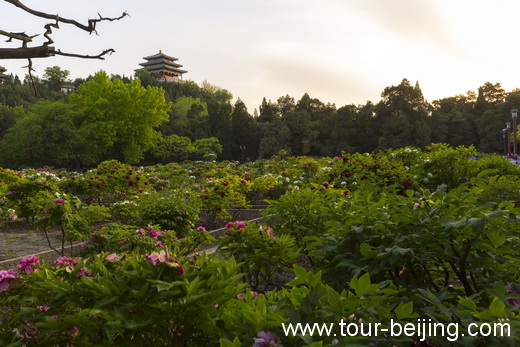
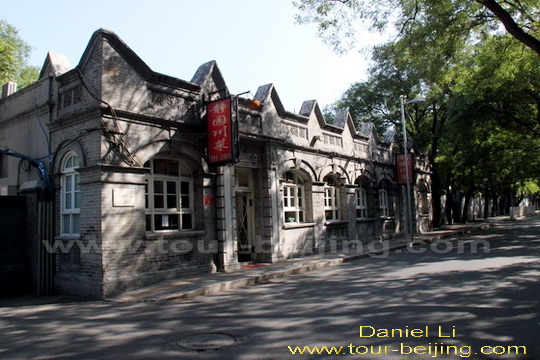
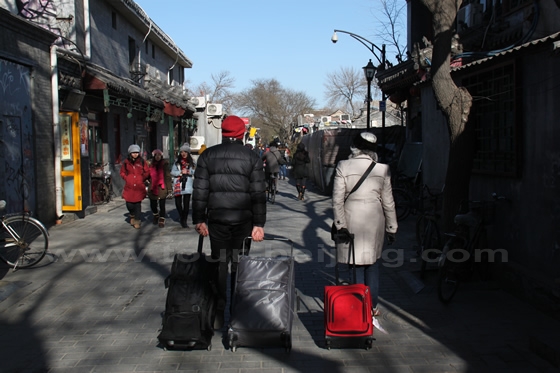
Hello – I will be in Beijing for only one night. I am interested in visiting Qianmen Street. How late are things open? Is there another area that might be interesting and open late into the night?
Thanks, Marty
Hi Marty Freedman,
1. Qianmen Street
It is open 24 hours a day. But most of the shops and restaurants on the street will be closed around 10 pm.
2. Wangfujing Street
Check out the link below for more information:
http://www.tour-beijing.com/blog/beijing-travel/beijing-attractions-tips/wangfujing-street-a-famous-pedestrian-street-in-beijing
how should i plan, from which all entrance such that all is connected and one way , like start from south of qianmen street, then from south of tiananmen square, then south of forbidden city? is it all connected in this form, or would i have to take transport in between to go from one place to another?
Hi Parshva,
Yes, you are right. You can walk all the way from Qianmen Street along the axis to Tiananmen Square, Forbidden City, Jingshan Park, Drum Tower, Bell Tower and to the Olympic Game Park. See the link below for more information:
Beijing Central Axis
http://www.tour-beijing.com/blog/beijing-travel/beijing-attractions-tips/beijing-central-axis
Enjoy your trip!
How much it cost to take Dangdang Che? Thanks
Hi Chris,
It’s 15 yuan or 10 yuan if you use Yikatong Card ( a kind of local transportation card ).
yuan cash is been used? Or we hv to use Ali pay?wechat pay??
Dear Quah Swee Suan,
Thanks for your inquiry!
No, Yuan Cash is always welcome all over China though local people tend to use mobile payment. Have a nice time in Beijing!
Does the historic tram on Qianmen Street run every day or is it only on public holidays?
Dear Andrew Ward,
As far as I know, it runs only on holidays. Enjoy your trip!
By the way, check out the night view of Qianmen Street: https://www.tour-beijing.com/blog/beijing-travel/night-view-of-qianmen-street-in-beijing